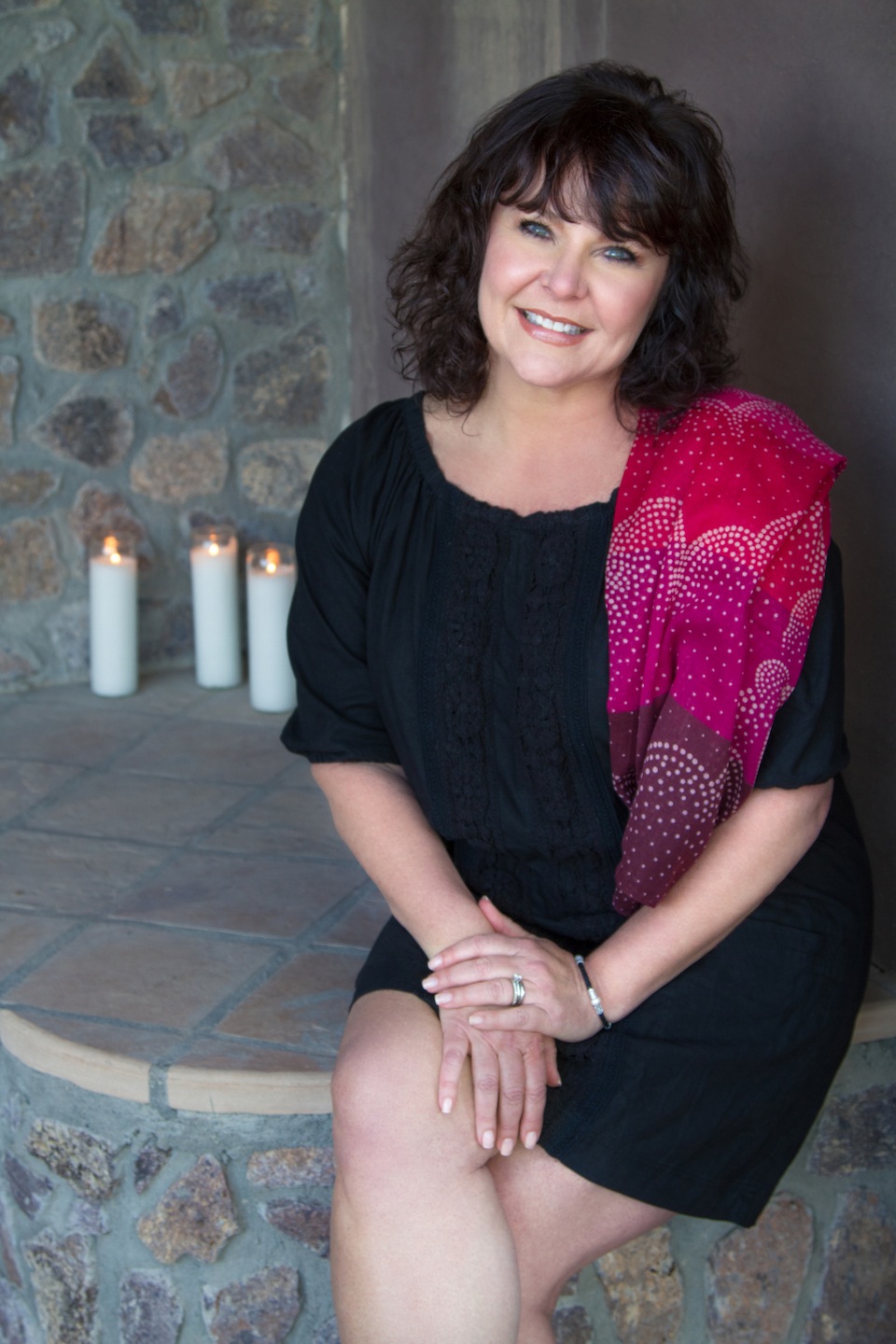
I caught up with Lynne McNees, President of the International Spa Association, who is celebrating 20 years with the organization, to talk about ISPA’s recent US Spa Industry Study. Here’s her take on what’s happening now.
1. We’re Still Young and Growing
Our first industry study in 1999, reached 4,000 spas, now there are over 20,000. Ten years ago there were 1.5 spas for every 100,000 people living. Today there are 6.4 spas per 100,000. Once, we had to let people know that a spa is not a hot tub. Not anymore.
2. What Needs Improving
We had a 66 percent increase in the number of spas, but only a 31percent increase in spa revenues for the same period. I certainly would like to see better than that.
3. Blurring Lines
We used to have such rigid lines between day, resort, and destination spas. Now you have resorts and destination spas taking day guests, and serving wine! It’s all about choices.
4. Shorter Spurts
Time is the most precious commodity we have. More people are taking time to have a spa experience, but are having shorter spurts of it. The 30-minute treatments you’ve seen in the last few years will keep spreading.
5. The New Normal
“I’m in Dallas, I have two hours, and I want to have a massage, facial, mani, and pedi. I want all the options. And I want to multitask!” Now, that’s counterintuitive to what the spa experience should be, but if that’s what de-stresses me, there’s nothing wrong with it.
6. Customization is Back
We’re no longer competing with the spa next door to have the latest and greatest treatments. Caviar treatments are out. Now we’re customizing for what the consumer wants and needs. People book whatever time they have, and let the pros decide.
7. Demanding Teens
In 1997, we didn’t have 4 million teens going to a spa each year. That’s an audience that can’t live without cell phones and multitasking. Seventeen years, ago those things were unacceptable in spas. Spa etiquette has evolved.
8. What Hasn’t Changed is Stress
The basic reason people go to spas is to manage stress. The more stress we have, the consumer will be looking to alleviate that stress. We’ve seen this incredible growth chart not only in visits, but in locations, and we’ll continue to see that as people are feeling more stressed from living 24/7.
9. What Changed are the Stressors
We have to stay current with that. We’re all on our phones, having our heads down texting. That’s the weight of two bowling balls hanging on our spine, and it’s showing up as damage to our alignment.
10. The Best Advice
Don’t chase rainbows. Don’t chase fads. Be innovative, but stay true to who you are and to what your consumer wants.
What is ISPA
We’re a networking organization embracing all aspects of the spa industry: day, resort, and destination. At the end of day what we’re trying to do is help educate consumers on how to manage their stress. The more consumers we touch—and I mean that literally—the better off we all are.
Mary Bemis
Mary Bemis is Founder & Editorial Director of InsidersGuidetoSpas.com. An advocate for all things spa, Mary forged a vocabulary for spa reportage that is widely used by those who cover the issues today. Recently honored as a Top 30 Influential Voice Transforming Wellness by Medika Life, Mary is an inaugural honoree of Folio’s Top Women in Media Award. Her spa media roots run deep—in 1997, she launched American Spa magazine, in 2007, she co-founded Organic Spa magazine, and in between serving on the ISPA and NYSPA Board of Directors, she was on the launch teams of Luxury SpaFinder and New Beauty magazines. Named a "Wonder Woman of Wellness" by American Spa magazine, Mary was honored by the International Spa Association with the distinguished ISPA Dedicated Contributor Award. She is a special advisor to the non-profit Global Wellness Day.
- Web |
- More Posts(81)